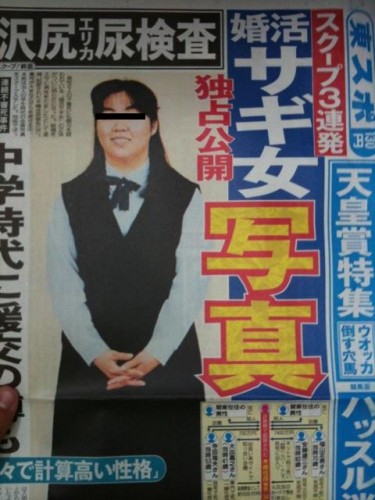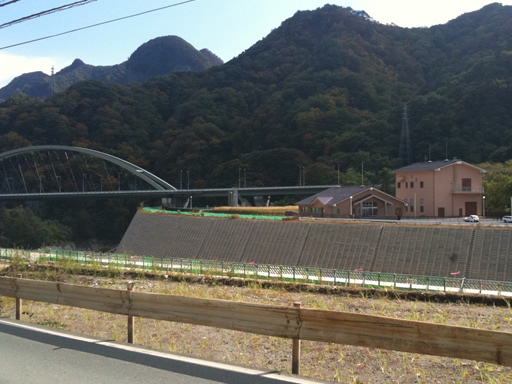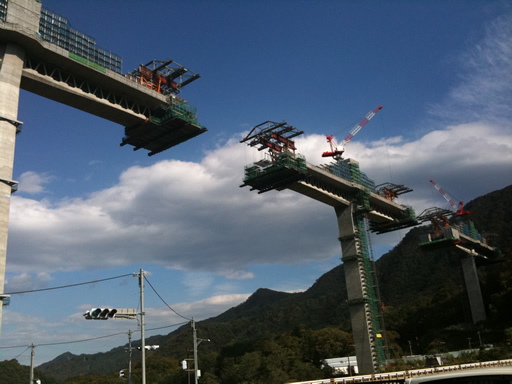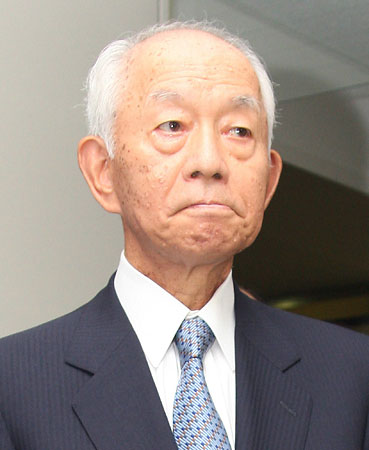Over the past few weeks, Taiwan has been in a furor over a recent deal to resume the importation of beef from the USA, which has been banned for some time due to the alleged risk of mad cow disease. Readers may remember a series of protests that gripped South Korea not long ago when their government similarly decided to life the ban on US beef. In Korea the US beef issue became a catalyst for large anti-American protests by throngs of protesters whose fundamental concerns were really far more about the macro view of the South Korea-US relationship, such as the continuing extraterritoriality of US soldiers, than about an arcane and minor, if horror-film creepy, food safety issue.
Creautzfeldt-Jakob disease, the term used for the human version of Bovine Spongiform Encephalitis (BSE), popularly known as mad cow disease, is a disease that lends itself to hysteria. An infection, not caused by the familiar bacterium or virii, or even a paramecium, it is produced by a truly exotic pathogen-a mutated prion, a class of protein itself unfamiliar to the layperson. The warped protein spreads throughout the nervous system, tricking healthy proteins into losing their shape, eventually causing such a complete breakdown of neural tissue that the brain is left full of small holes, like a sponge (hence the name, “spongiform”). To make it sound even more disquietingly like the contagion in one of the more science fiction themed zombie movies, neither thermal nor chemical – or even radioactive – means of sterilization have any effect on the mutant prion. Worst of all, the initial transmission vector of BSE or other variants of transmittable spongiform encephalopathy is cannibalism (as has been down since the discovery of kuru, a similar disease found among cannibals of Papau New Guinea), specifically the practice of rendering unsellable scraps of flesh, bone, and viscera left over from cow butchering into a protein sludge, which was then added to the feed of other cows on the feed lot. Even the most ardent carnivores among us reacts with visceral disgust to cannibalism, even in other species, compounded in this case by the fact that it is implemented so casually, for minor savings, so much unlike the rare cases when it is necessary for survival. Due to the disquieting nature of the disease, it is easy to see how A) people might overreact and B) how easy it might be to goad people into over-reaction for political purpose.
Taiwan’s English language Taipei Times, generally a strident partisan supporter of the Green (DPP/pro-independence) camp, carried a surprisingly non-partisan and fact-based editorial on Friday, in which they pointed out that there is in fact no appreciable risk of catching the zombie plague from American beef.
The ferocity of politicians would be entirely justified if it were imports of UK beef we were talking about, as the UK was where the BSE epidemic was first identified and where the vast majority of cases of variant Creutzfeldt-Jakob Disease (vCJD), the human form of BSE, have been reported. The disease is a mainly British affair and the WHO says many of the cases reported in other countries were people likely exposed to the BSE agent while living in the UK during the height of the epidemic in the late 1980s.
Figures from the UK’s National Creutzfeldt-Jakob Disease Surveillance Unit show that at the end of last month there had been 167 deaths from vCJD in the UK, with the peak (28 cases) occurring in 2000.
In the US, to date there have been just three cases of BSE (one imported) and three deaths from vCJD, but two of these three deaths were likely cases of exposure in the UK, while the other was a recent immigrant.
Not to say that American been is entirely safe, but the danger is not mad cow disease. Just the other day a US meat company issued a recall for a huge batch of ground beef following two cases of fatal E-coli poisoning, a disturbingly common occurrence. Assuring food safety is one vital task of government in general, particularly when importing food from abroad, where standards may not be the same. But since the food safety issues here are largely fabricated (no-one has even mentioned the far more serious risk of E-coli), it is clearly about politics.
While the debate over US beef has similarly gone well beyond the realm of science into political theatre, the issue is not anti-American or Taiwan’s relationship with the United States. No, instead, as with almost every contentious issue on the island nation, it comes back to Taiwan’s hyper-partisanship, so extreme that it almost makes American political arguments look reasonable. (Well, maybe not America…)
The details are too complex and boring to get into, but the short version is that the KMT (Chinese Nationalist Party) government pushed through an unpopular accord over US beef in a attempt to curry favor for more important issues, while on the other side the opposition and pro-independence DPP (Democratic Progressive Party) is making ridiculous claims about the danger of US beef in a cynical attempt to peg the KMT as anti-democratic incompetents that are willing to trade public safety for a minor diplomatic advantage. However true such an assessment of the KMT may be overall, their opponents are being unfair in this particular case.
The beef issue has been a sticking point for US diplomats in several countries, due to the strength of the US agricultural interests that benefit from such exports, and in Taiwan specifically, eliminating the ban on US beef is widely considered to be one of several precondition for granting Taiwanese the visa-free entry status that has been rumored for a couple of years now. I also want to repeat that the idea of caving to US pressure is in and of itself not as much of an issue here as in many other countries, as both sides want stronger ties with the US in terms of trade, military, and diplomacy. However, the real issue, as always, is China. Since Ma took office the KMT led government has been promoting a series of pacts with the Communist governed People’s Republic across the strait, and the Taiwanese opposition has been far from happy, claiming (with some merit) that such pacts tend to favor China more than Taiwan, and promote economic and cultural integration that will eventually lead to political integration along the lines of Hong Kong. It is in this context that the protests over US beef must be considered.
As yesterday’s Taipei Times editorial states:
The government’s atrocious handling of the expansion of US beef imports — opaque, peremptory and confused, regardless of the merits of the products — is becoming a real cause for concern in terms of the bigger picture: cross-strait detente, and particularly a proposed economic pact with China.
[…]
One legacy of the US beef controversy is that many more people have little or no confidence in the government’s ability to negotiate with China without jeopardizing Taiwan’s interests.
[…]
Once again, this cavalier attitude toward ordinary people only raises suspicion as to how open and trustworthy any agreements between this China-friendly government and Beijing will be.
Even though the paper’s editorial board has correctly dismissed the health claims of the beef accord opponents, they are still greatly concerned about the WAY in which the accord was reached. If the pro-China KMT government is willing to negotiate behind closed doors and against public opinion with the US, why not with China? The government’s quid-pro-quo trade of US beef for progress on several outstanding issues (visa free status, progress on a larger trade accord, increased likelihood of more and better weapons systems) is therefore seen less as a capitulation to the US than an example of the KMT’s general attitude of capitulation towards China. And of course, food safety of imports from China is a far more serious problem. I’m sure everyone remembers the horrible milk-poisoning incident from last year. Well, some of those products made it into Taiwan, and although nobody was sickened, the incident spurred anti-KMT and anti-China protests. The controversy over American beef is actually more similar to those protests than to the anti-US beef protests in Korea.







